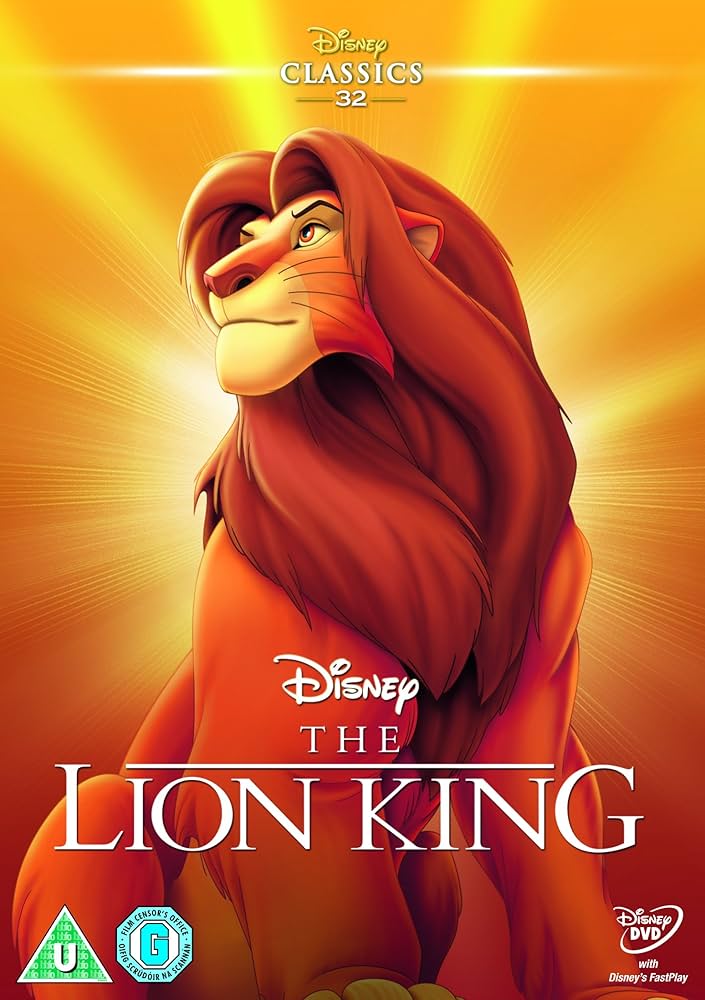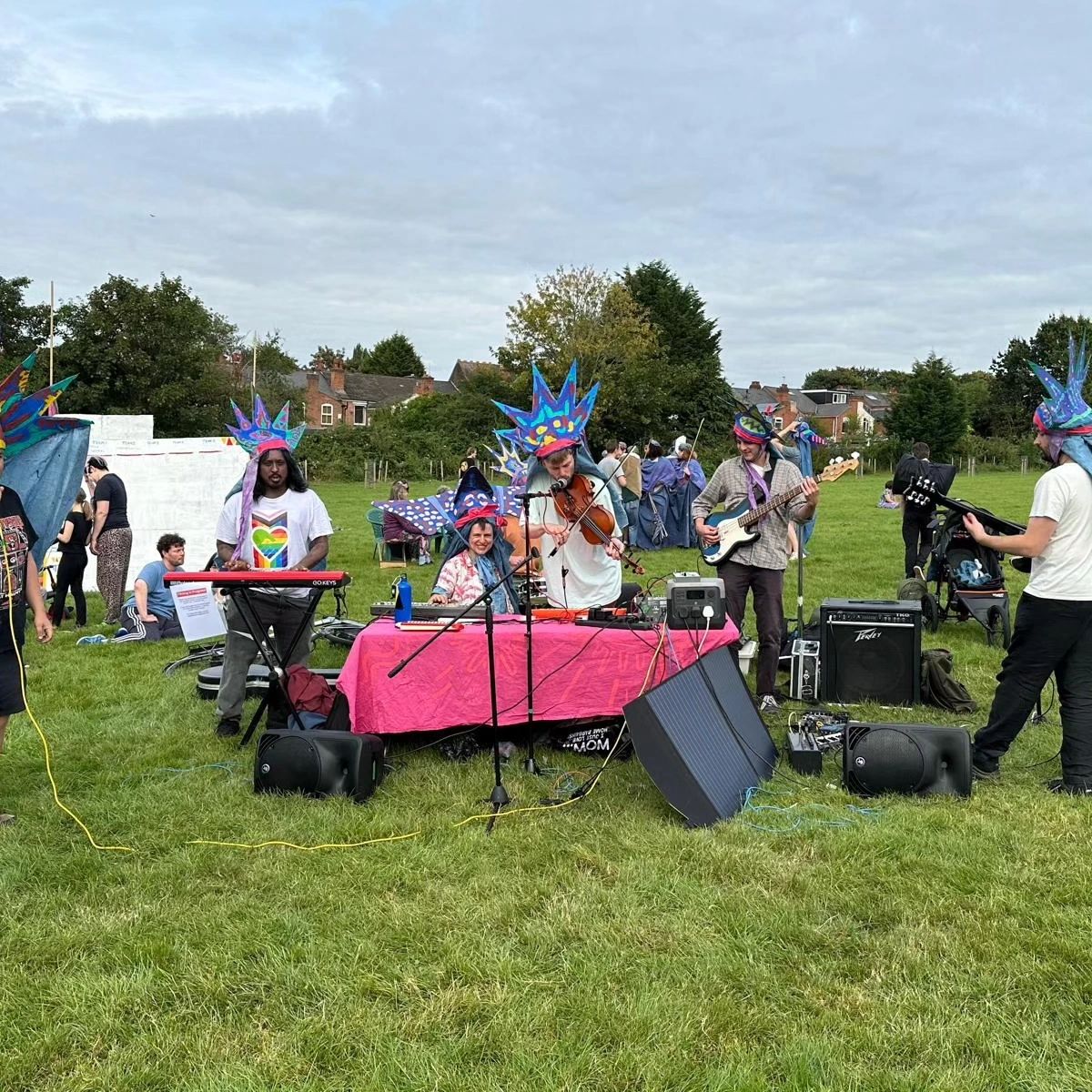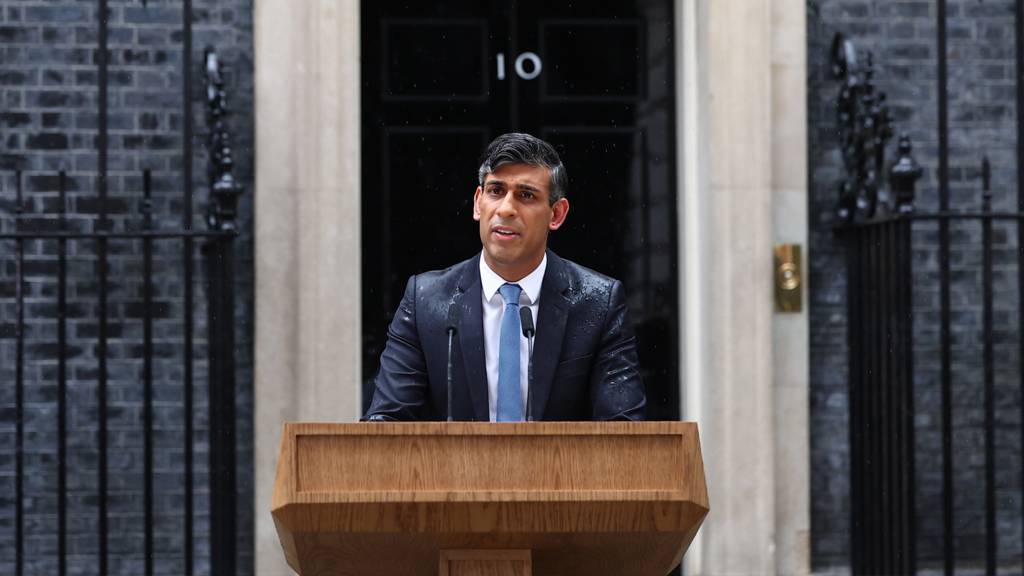Visiting Hiroshima
I visited Hiroshima in January 2015. The reason I went there was to go to the Peace Park and museum to learn about the atomic bomb being dropped onto the city on August the 6th 1945. Last week marked the 75th anniversary of the event so it feels like a good time to reflect on my visit to Hiroshima.
Peace Park and Museum
The museum tells of the story of what happened when the atomic bombed exploded over the city. The story was harrowing. Those closest to the impact died instantly, they had no chance of knowing what was to come. A bit further away from the epicentre, some people did not die instantly, but they suffered immensely before they died. Reports from the scene said that they suffered almost total burns and cried out desperately for water before they died. No amount of water could quench their thirst. Further out again, some people survived the initial blast, but the radiation poisoning caused them to die within a week. As time went by more people died due to the dropping of the bomb. People who thought they survived would go on to develop cancer. Future generations of children born had deformities because of the radiation suffered by their parents. Reportedly between 140,000 and 200,000 people died due to the dropping of the atomic bomb over Hiroshima. In the UK at least, the true significance of the suffering caused by this event is often overlooked. We learn in school that this event ended World War II, but we don’t learn about how those in the city suffered, some dying instantly, some dying ten years later.
This museum detailed individual stories of those affected. It was truly, disturbing learning about the lasting damage and destruction caused by the dropping of the atomic bomb over the city. The US dropping atomic bombs over Hiroshima and Nagasaki in August 1945 ended world war II, but it was using the most barbaric weapon ever used. The personal cost to the citizens of the two places was the highest it could possibly be. As a comparison, the only other place that I’ve been too that left me feeling a similar way was Auschwitz in Poland, which details what the Nazi’s did in their attempt at the Final Solution.
Outside of the museum is a park dedicated to remembering what happened in August 1945. There were monuments to commemorate those affected and to help us remember the horrors of that day. There is the Atomic Dome, which is the only structure surviving near the epicentre of the bomb. It was a centre for culture and arts before the bomb attack.
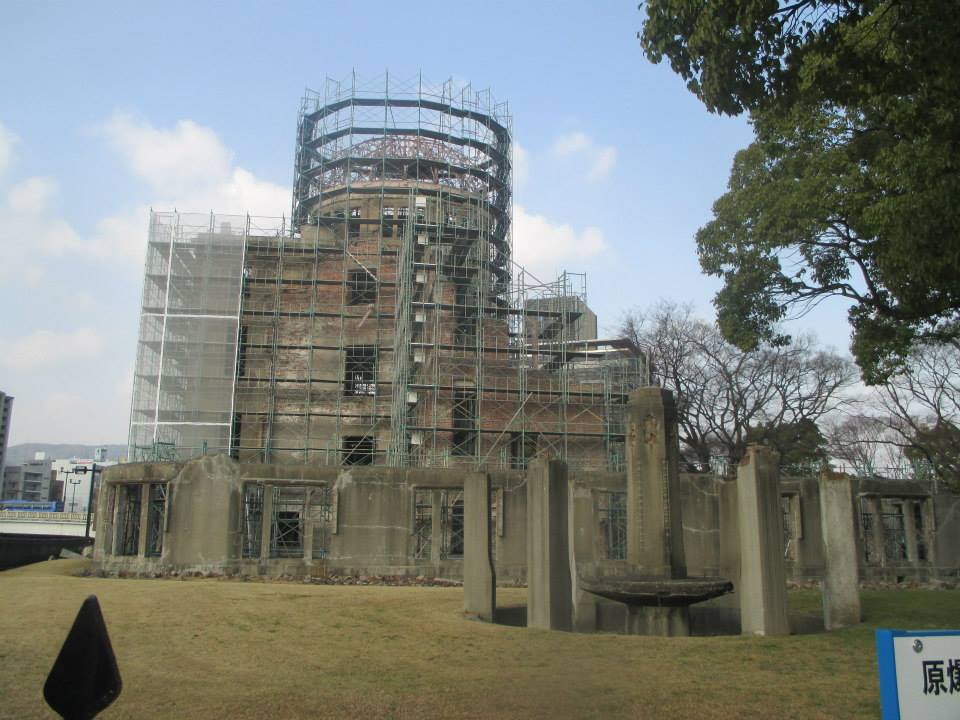
Another memorial is the Children’s Monument. This monument is dedicated to Sadako Sasaki. She died from Leukaemia ten years after 1946. She folded paper cranes to try to fight off the disease, but it proved to be futile.
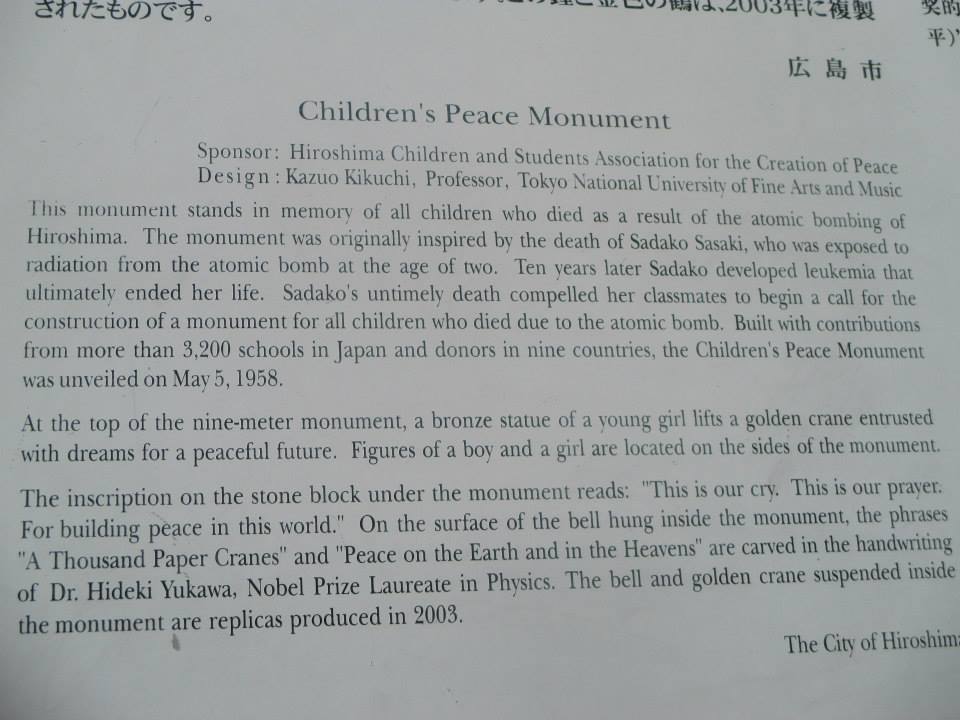
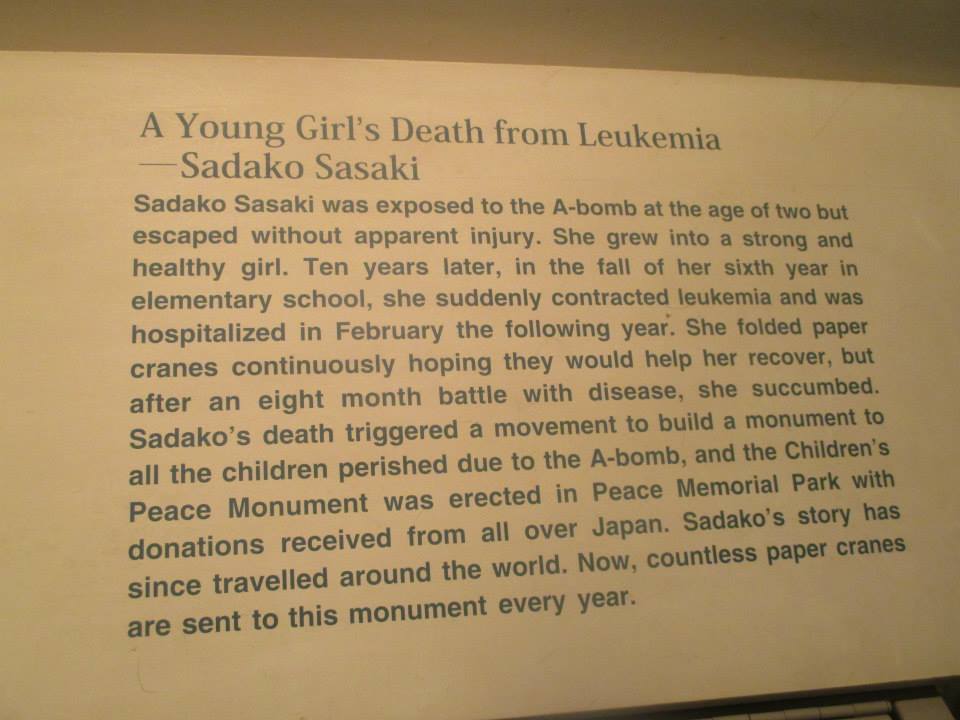
There is also a Bell of Peace which was installed in 1964. The Bell is a symbol to signify the call for nuclear weapons to be abolished.
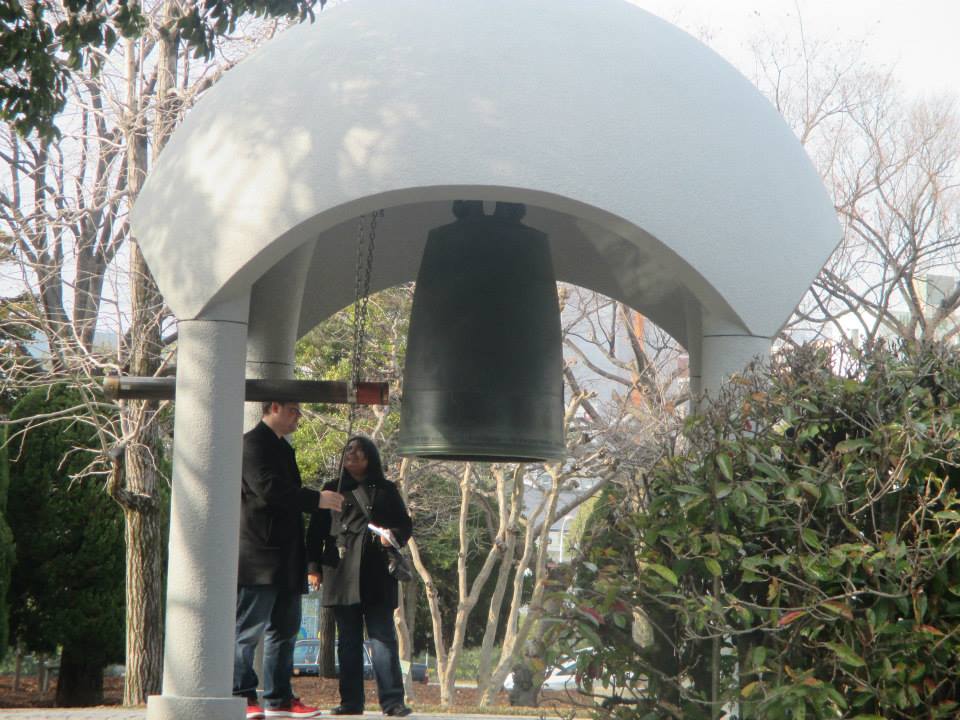

In August 2014 the Mayor of Hiroshima signed a Peace Declaration calling for the further disarmament of the Nuclear Powers. He invited world leaders to visit Hiroshima to see how much devastation nuclear weapons cause when used. The mayor called for nuclear weapons to never be used again.
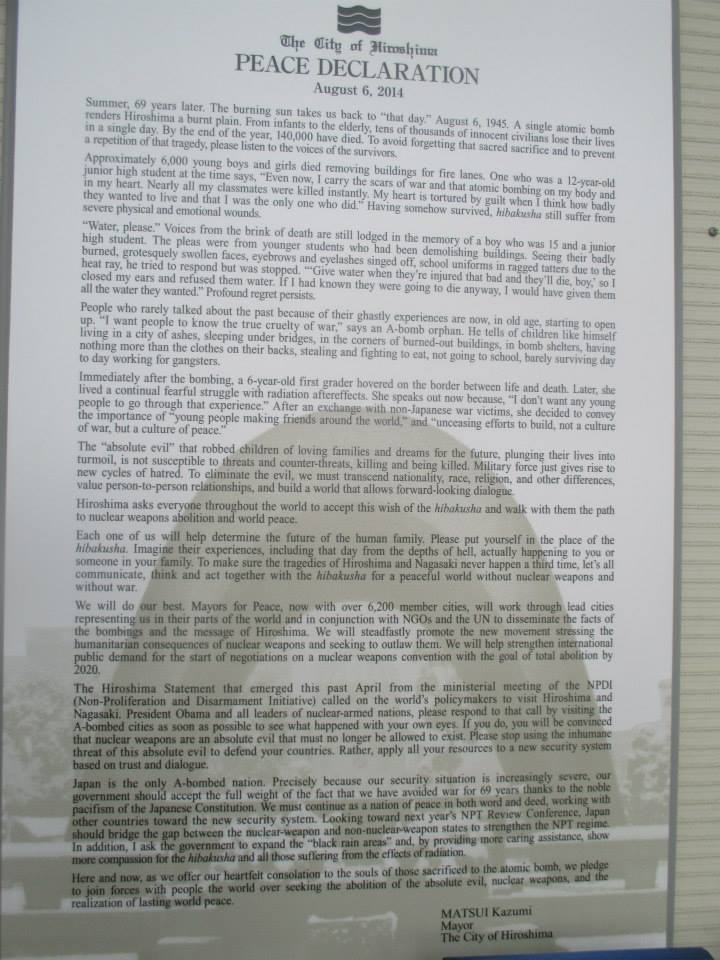
Ten years ago, I wrote my Masters Dissertation on nuclear weapons. I’ll write about nuclear weapons in a future blog post.
If you’d like to learn more about the nuclear attack on Hiroshima on August the 6th 1945 then check out the Hiroshima Peace Memorial website.


